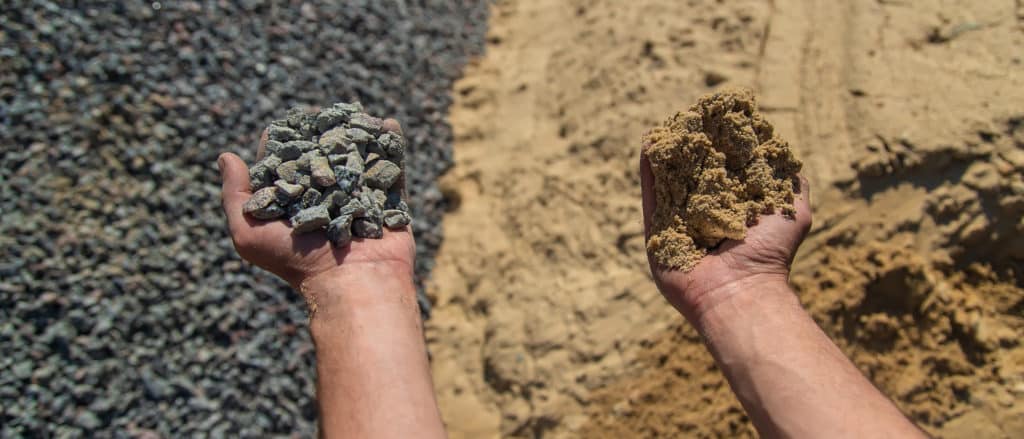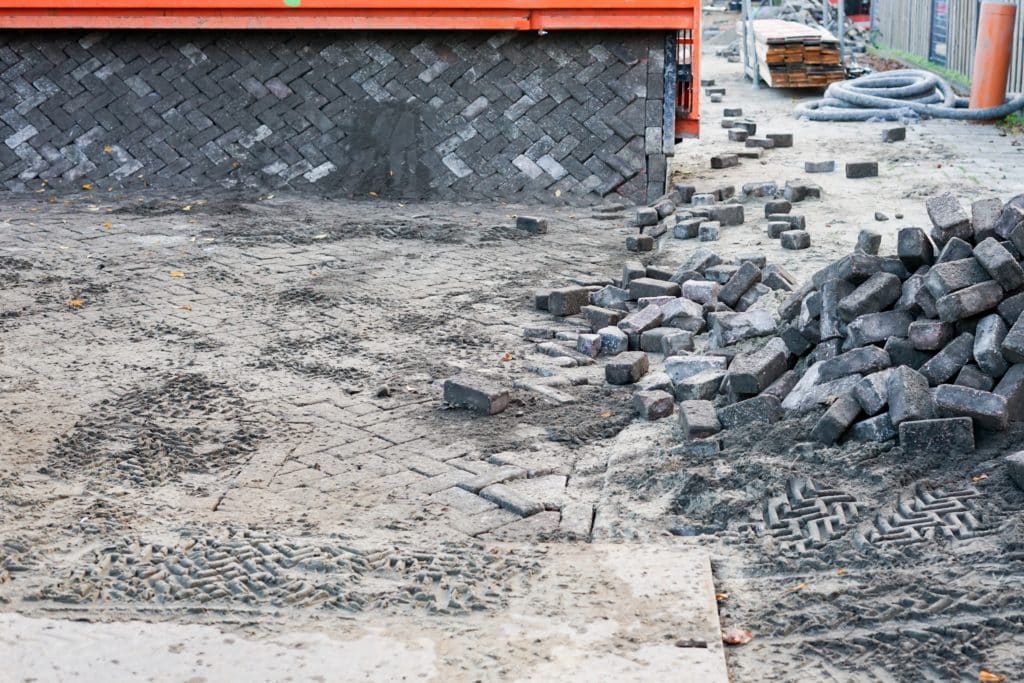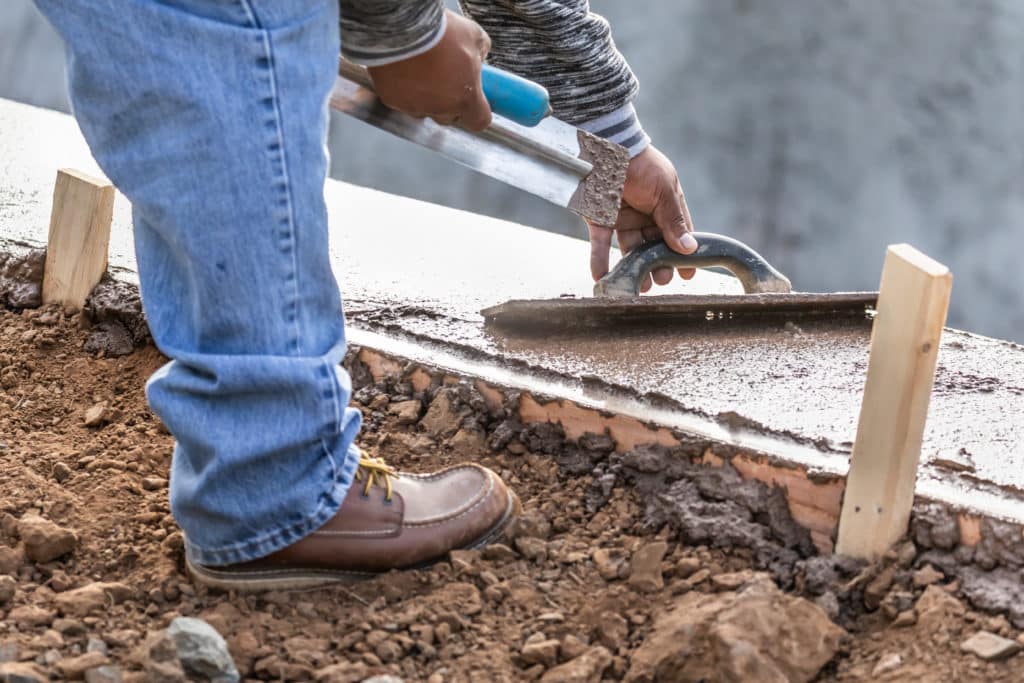Exposed aggregate concrete is a decorative concrete technique where the top layer of cement paste is removed to reveal the underlying aggregate, such as pebbles, stones, and sand. This method offers not only a rugged, non-skid surface resistant to heavy traffic and harsh weather conditions but also a visually appealing finish for driveways, patios, and walkways. However, like any other surface, it can sustain damage over time, leading to the need for repair to maintain its aesthetic appeal and structural integrity.

Repair processes for exposed aggregate concrete typically involve a careful approach to match the existing material and finish. The damaged area needs to be thoroughly cleaned to remove any dirt, debris, or loose aggregate. After cleaning, the appropriate repair material is applied, which may include a specialized resin or concrete mix designed to closely resemble the existing surface. Proper repair not only extends the life of the concrete but also restores its original appearance, ensuring that it continues to provide both function and beauty to a property.
Understanding Aggregate Concrete

Aggregate concrete is a construction material composed of cement and various aggregates such as sand, gravel, and granite. Its distinctive feature is the decorative finish achieved by exposing the aggregate on the surface.
Types of Aggregate
- Natural: Aggregates like pebbles, gravel, and sand are common and extensively used due to their natural appearance and variety of sizes.
- Manufactured: These are produced through industrial processes and include materials like crushed stone and recycled concrete.
- Specialty: Granites, glasses, or other unique materials are incorporated for specific design intentions and aesthetic qualities.
Benefits of Exposed Aggregate
- Aesthetics: Exposed aggregate provides a visually appealing surface with varied colors and textures for a unique decorative finish.
- Durability: It is highly durable and able to withstand harsh weather conditions, making it suitable for both residential and commercial applications.
- Low Maintenance: This type of surface requires minimal upkeep beyond sealing and occasional cleaning to maintain its appearance and integrity.
Common Issues with Exposed Aggregate Concrete

Exposed aggregate concrete is known for its durability and unique finish, but like any material, it can suffer from specific issues necessitating repair. Understanding these problems is essential for maintaining both the function and aesthetics of concrete surfaces.
Cracks and Spalls
Cracks occur when the concrete fails to handle stress such as shrinkage, temperature changes, or heavy loads. They can appear as hairline fractures or wider gaps. Spalls, on the other hand, are areas where the concrete has chipped away, often at the edges or joints, exposing the aggregate beneath. Repairing cracks and spalls early can prevent further damage, which may require more extensive repair methods later on.
- Causes:
- Freeze-thaw cycles
- Heavy loads
- Improper curing
- Settlement
- Repair Methods:
- Filling with polymer-modified cement
- Using sealants for small cracks
- Patching compounds for larger spalls
Pop-Outs and Uneven Surfaces
Pop-outs are conical fragments that break away from the concrete, often caused by the expansion of non-durable aggregate. Excessive force, freeze-thaw cycles, or chemical reactions can lead to this issue. Uneven surfaces make the area difficult to walk on and undermine the visual appeal of the concrete. They result from improper installation, wear and tear, or settlement. Remedies include leveling compounds or grinding down high points.
- Causes:
- Freeze-thaw cycles
- Use of non-durable aggregate
- Poor finishing techniques
- Repair Methods:
- Patching the pop-outs with matching aggregate
- Resurfacing for extensive unevenness
Preparation for Repair

Proper preparation is crucial to the longevity of a repair on exposed aggregate concrete. Ensuring a clean surface and removing damaged concrete are vital steps before any repair materials are applied.
Cleaning the Surface
Before repairs can commence, the surface must be thoroughly cleaned to remove any dirt, debris, or loose particles. First, one should use a hose to wash away major contaminants. Next, a pH-neutral cleanser should be applied to eliminate any remaining dirt. It is important to scrub the area effectively, yet gently, to avoid dislodging more aggregate. The surface must be left to become completely dry after rinsing, as the presence of water can impede the adhesion of repair materials.
Removing Damaged Concrete
When the damaged concrete surface is clean and dry, careful removal of the compromised material is essential. One should take every precaution to not damage the surrounding area. The removal process often involves chiseling out the deteriorated concrete until sound concrete is reached. This ensures that the repair materials will bond correctly to a solid base. Any loose aggregate must also be carefully removed to create a stable and clean repair site.
Repair Techniques and Materials

Choosing the right repair techniques and materials is paramount in restoring the structural integrity and aesthetic appearance of exposed aggregate concrete. This involves using a suitable mix and applying specialised products such as epoxy and polyurethane for long-lasting repairs.
Choosing the Right Repair Mix
The repair mix selected should be compatible with the existing concrete to prevent future discrepancies in texture and performance. Commercial and industrial concrete repair products are tailored for different types of damages. For filling small cracks or patching large damaged areas, a mix containing concrete sand can ensure a balance between strength and a seamless blend with the existing aggregate. It is often advisable to utilize a trowel for precise application and to achieve a smooth surface, keeping in mind the aggregate’s exposure level.
Applying Epoxy and Polyurethane Products
Epoxy and polyurethane compounds are useful for repairing cracks in exposed aggregate concrete. These products offer excellent adhesion to existing concrete and resist weathering and chemical exposure. Roadware MatchCrete™ Clear is an example of a clear repair product used to repair exposed aggregate without discoloring the surface, making it especially valuable when aesthetics are a concern. For optimal results, the application should follow manufacturer guidelines to ensure the repaired area bonds effectively with the surrounding material.
Sealing and Maintenance
Proper sealing and regular upkeep are essential to extend the life and appearance of exposed aggregate concrete. These measures protect against stains, weather, and wear, minimizing labor over time.
Applying Concrete Sealer
To restore the luster and ensure protection of exposed aggregate surfaces, one should apply a concrete sealer. It’s important to select a sealer that’s hard, resistant to UV rays, and non-yellowing. Here’s a concise process:
- Clean the surface: Remove any stains, debris, or dirt to allow for optimal sealer adherence.
- Select the right sealer: Use the technical data sheet to choose a sealer appropriate for the environment and traffic levels.
- Apply evenly: Using a pump-up sprayer and a roller, ensure an even coat without puddling.
Long-Term Maintenance Tips
Maintaining an exposed aggregate surface requires periodic actions to retain its functional and aesthetic quality:
- Routine Cleaning: Regularly sweep and wash the surface to prevent dirt accumulation.
- Resealing: Depending on wear and tear, reseal the surface every few years to keep it in prime condition.
- Avoid Harsh Chemicals: Harsh chemicals can damage the sealer and concrete, thus use gentle cleaning solutions.
By following the guidelines on the data sheet and applying labor-saving techniques, one can efficiently maintain exposed aggregate concrete.

 CALL US NOW
CALL US NOW



